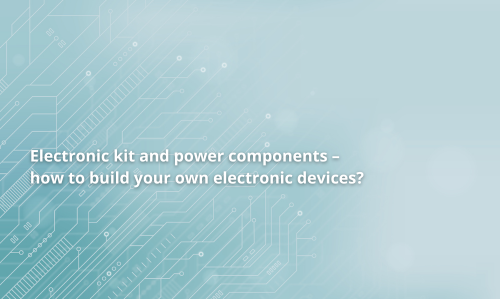У статті показано шлях від основ електроніки до створення більш складних пристроїв, розкриваючи роль навчальних наборів, електронних компонентів та силових модулів. Пояснюється, як набори для самостійного складання розвивають практичні навички та як правильно підібрані блоки живлення, контролери й силові елементи дають змогу створювати як хобі-проєкти, так і рішення, подібні до промислової електроніки.
Компоненти для енергоелектроніки, автоматики, електроніки, енерготехніки. Більше 140 провідних виробників.
kategorie produktowe
Zobacz wszystkie kategorieСтатті
-
Промислове LED-освітлення vs традиційне – відмінності, переваги та виклики для сучасних виробничих приміщеньRead more
У статті представлено основні відмінності між промисловим LED-освітленням та традиційними джерелами світла, такими як натрієві чи ртутні лампи. Розглядаються ключові параметри, що впливають на роботу у виробничих приміщеннях – енергоефективність, термін служби, якість світла, експлуатаційні витрати та екологічні аспекти. Підкреслюється зростаюча роль LED-технології в модернізації промислових об’єктів і вказуються переваги її використання, а також ситуації, у яких традиційні лампи все ще можуть застосовуватися. Стаття показує, чому світлодіоди стають стандартом у сучасних виробничих цехах і складах.
-
Промислова та енергетична трансформація – як енергоелектроніка стимулює нову технологічну еруRead more
Ця стаття показує, як енергоелектроніка стала ключовим рушієм сучасної енергетичної та промислової трансформації. Описується її роль у інтеграції відновлюваних джерел енергії, зберіганні та перетворенні енергії, стабілізації мереж та автоматизації промислових процесів. Текст демонструє як сучасні застосування технологій енергоелектроніки, так і перспективи їх розвитку, підкреслюючи значення для сталого розвитку, цифровізації інфраструктури та впровадження Промисловості 4.0.





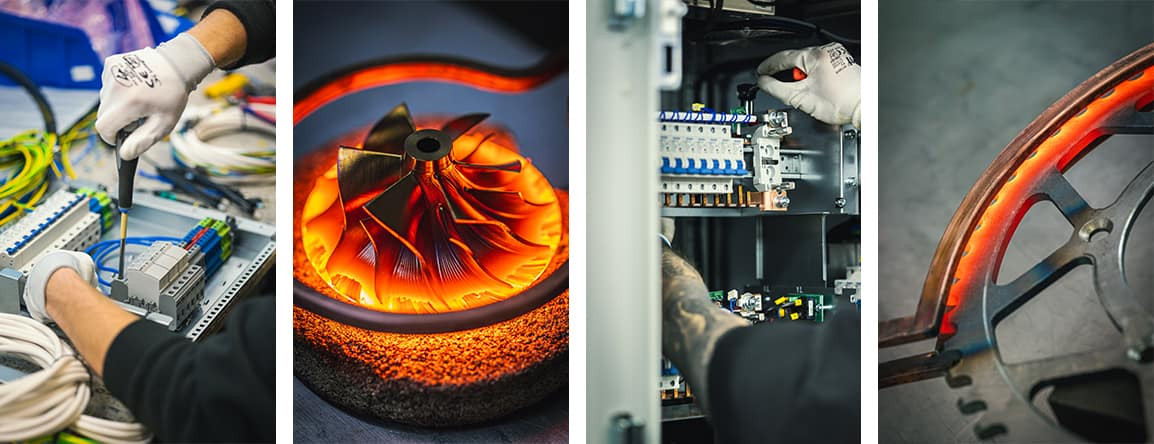

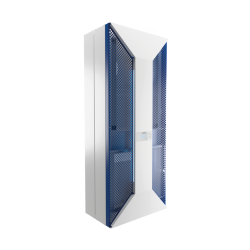


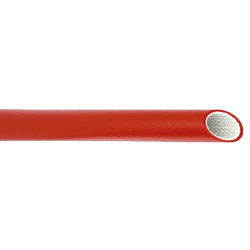

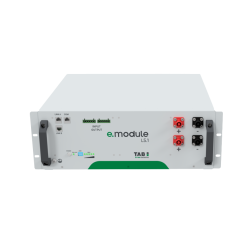

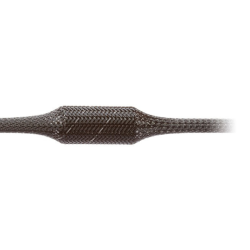



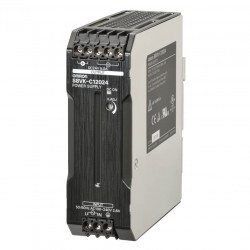
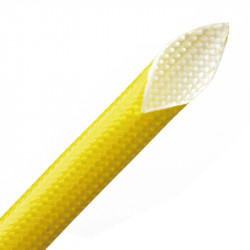
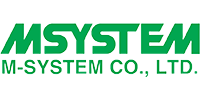
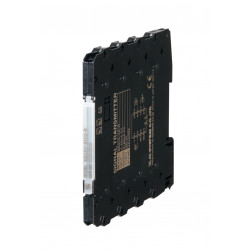

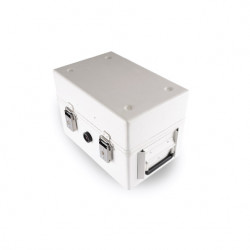

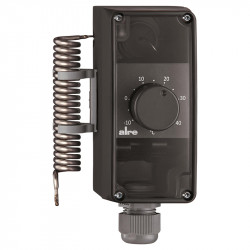





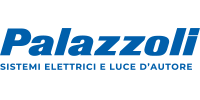


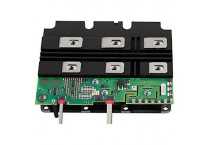
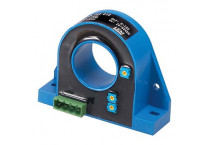
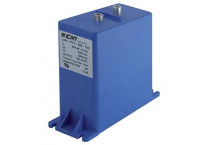
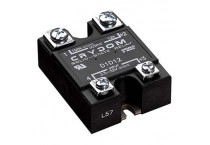
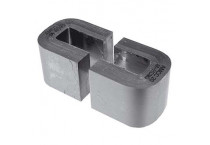
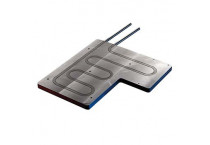
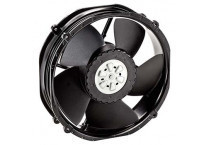
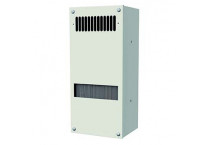
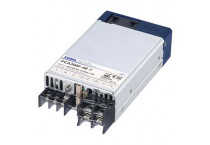
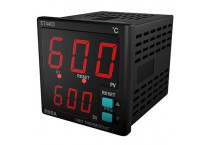
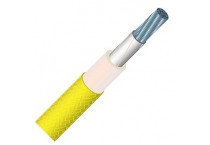
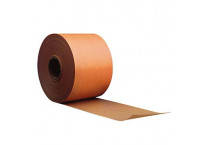
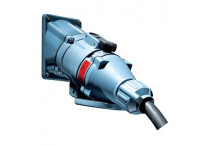
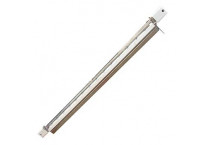
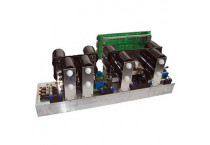
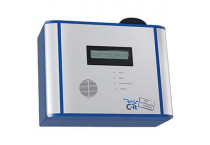
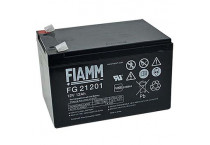
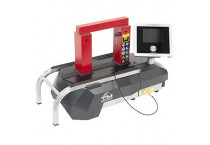
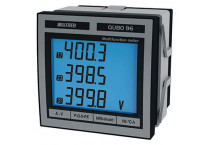
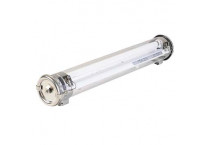
![Компоненти для небезпечних зон та вибухонебезпечних атмосфер [Приклад]](https://www.dacpol.eu/c/6823-catsmal_default/komponenti-dlya-nebezpechnikh-zon-ta-vibukhonebezpechnikh-atmosfer-priklad-.jpg)

